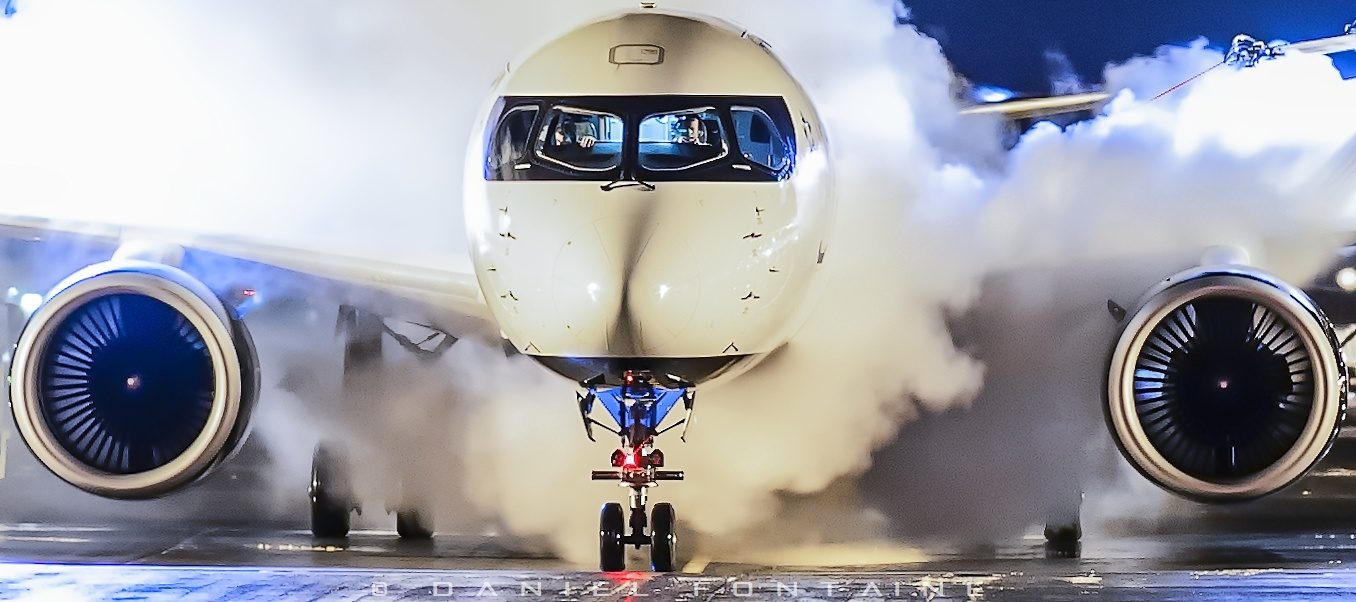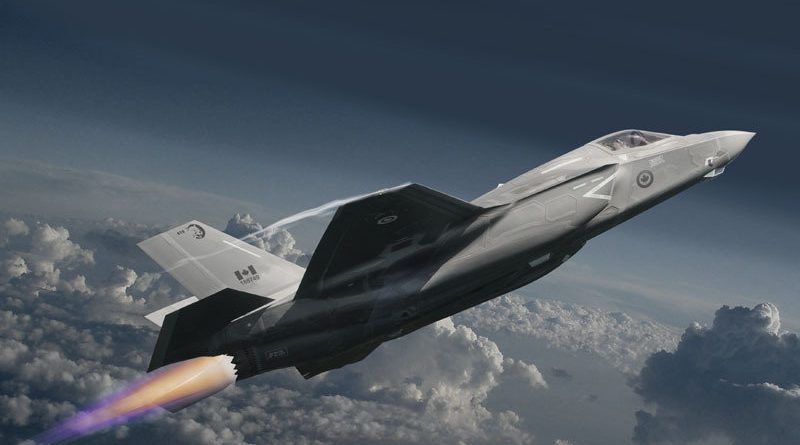The Canadian F-35 Saga, Seventh Part
The last act
Dassault’s withdrawal
In November 2018, Dassault withdrew from the competition: the decision of the French aircraft manufacturer could be explained in particular by the fact that France is not a member of the “Five Eyes”; it is an intelligence-sharing network that includes Canada, the United States, the United Kingdom, Australia and New Zealand. This poses a problem for the interoperability of the Rafale.
In December 2018, the JSF office estimated that the value of the JSF (F-35) program spinoffs at that time was $1.33 billion. This would have led to the creation of approximately 700 direct jobs in Canada.
The Update
In May 2019, a news leak claimed that the Liberal government agreed to relax its offset demands. Then in July, the government updated the call for tenders: in terms of the economic benefits of the future contract, the threshold was set at 20% of its total value, there is no other obligation. The contract covers the construction of 88 new fighter jets and is valued between $15 billion and $19 billion. Its allocation is scheduled for early 2022, and the first aircraft could be delivered in 2025.
Airbus Withdrawal
In August, Airbus announced that it was also withdrawing from the tender. The company says, “The recent major revisions to the industrial and technological benefits requirements did not sufficiently value the firm commitments included in the Airbus Canada offer, which was a major point. ”
The Year 2020
In February 2020, Canada extends the deadline for the submission of proposals for the first time. It then goes from March 30, 2020, to June 30, 2020. In May another one-month extension is granted due to COVID-19.
In May 2020, the government agrees to pay another $70.1 million for its participation in the JSF. Then in August, Lockheed Martin announced that the F-35 would generate economic benefits of $16.9 billion in Canada if chosen. But this fallout would be spread until 2058.
The Final Blow to Boeing
The tender for the replacement of the CF-188s will generate little inkling during 2021. Then in the fall, Boeing embarked on a media and advertising offensive to promote its offer.
But the coup de grace came to Boeing on November 25 as a media leak arose. The Canadian government reportedly advised him that his bid to replace CF-188 did not meet requirements. This decision paves the way for the F-35, which is then the only one to meet all the requirements, including that of interoperability.
The final decision will be rendered in 2022 and will end a saga that will have lasted 25 years.
Canada’s participation in the F-35 program
In July 2021, Canada contributed another $71 million to the F-35 program. This sum corresponds to 90 M Can. Since the first participation in 1997, Canada has contributed a total of CAN 613 million for its participation in the project. In return, it generated over $1.3 billion in spinoffs based on the 2018 JSF office assessment. click here to watch our most recent video on YouTube
Click here to read the sixth part
>>> Follow us on Facebook and Twitter

